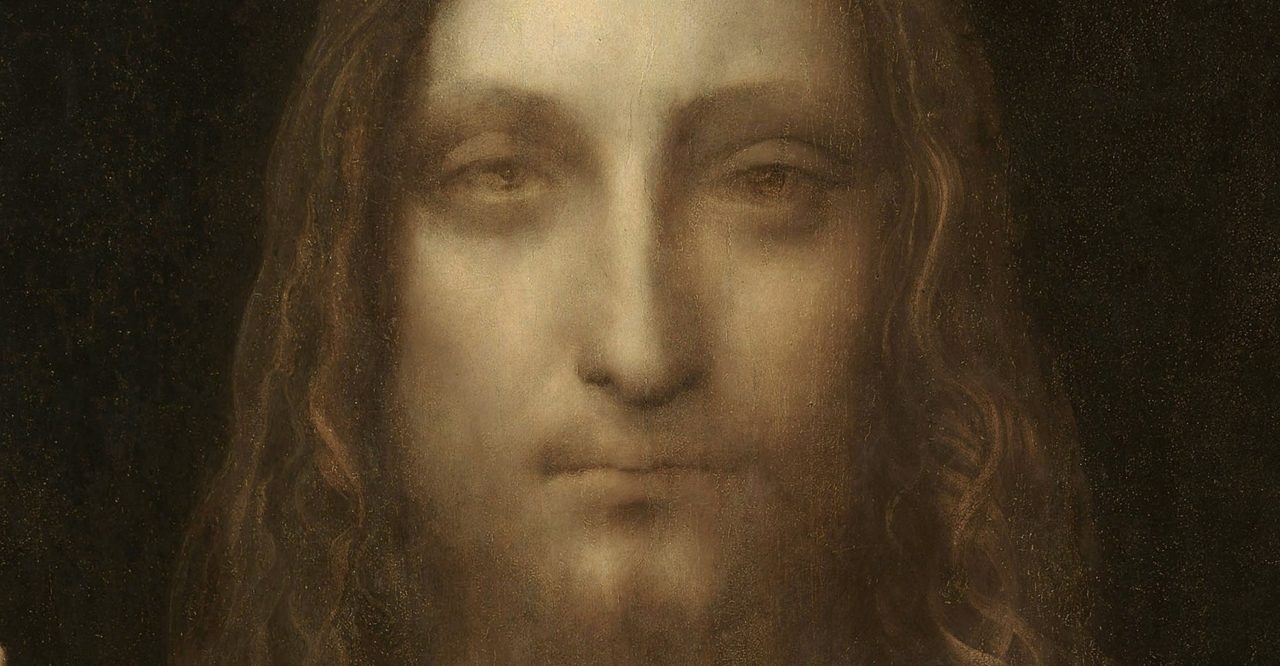What’s the difference between art created by Leonardo da Vinci and a knockoff? In the case of the Salvator Mundi, the answer is nearly half a billion dollars.
Drawing on a convolutional neural network — a deep learning algorithm that’s led to breakthroughs in the analysis of a vast array of visual imagery — intellectual property lawyer Steven Frank and his spouse, art historian Andrea Frank, determined that the 16th century portrait of Jesus was likely a genuine da Vinci.
The effort — accelerated by an NVIDIA RTX 2070 GPU running on the Franks’ desktop computer — sheds new light on one of the art world’s biggest controversies: the authenticity of a purported da Vinci masterpiece that was rediscovered after being picked up for less than $100 half a century ago.
Steven Frank is a partner at the law firm Morgan Lewis in Boston, where he specializes in intellectual property and commercial technology law. He detailed their efforts to train an AI able to authenticate art in IEEE Spectrum Monday, and revealed the use of the RTX 2070 in an email to the NVIDIA Blog hours later.
Using deep learning, the Franks concluded that the painting was likely genuine, with da Vinci painting the portrait’s head and shoulders. Assistants likely painted less important details, such as the right arm and hand, a common practice at the time.
A ‘Serious Amateur Endeavor’
The effort is part of what Steven Frank modestly described as “a serious amateur endeavor” that has led him to publish three peer-reviewed papers on the intersection of fine art and AI and a fourth extending the technique to cancer diagnosis.
The project is just the latest wrinkle in one of the art world’s most intriguing controversies. The Salvator Mundi was originally painted by da Vinci around the year 1500 and later acquired by Charles I of England in the early 17th century.
The painting then disappeared, before being rediscovered in the 20th century. It’s been attributed variously to Bernardino Luini, and, later Antonio Bolftraffio, one of da Vinci’s assistants, before achieving acceptance by many experts as genuine da Vinci. Although some still disagree.
The tale is now the subject of two high-profile documentaries: The Lost Leonardo, released August 13, and Savior for Sale, slated to be released September 17.
The work’s convoluted history made examining images of the painting the perfect challenge for Frank after completing a graduate certificate from Columbia University in AI. “When I got this credential, it sort of emboldened me,” he said.
His wife, a retired university curator of visual resources and an art historian, provides invaluable expertise at every point in the process, ensuring they select the appropriate works of art to train the various deep learning models they’ve built to assess art.
And Frank reports his NVIDIA GPU dramatically speeds up their work, allowing them to train models in hours that used to take days. “The time difference is just mind-boggling,” he said.
To be sure, the Franks don’t intend to replace human experts with their project. But it might, one day, help assess art that experts are unable — or unwilling — to look at.
Prominent art historians can be reluctant to look at unfamiliar work because the risk to the expert’s reputation is too great if they get it wrong, Steven Frank explained. “The downside of being wrong is much greater than the upside of being right,” he said.
AI can step in where experts fear to tread. And while AI isn’t infallible, it allows humans to closely examine the features in a painting that led AI to make a categorization.
“There is no guarantee that it will be right, but it will be consistent and it will be objective,” Frank said.
So while the art world won’t exactly be upended by the verdict of the AI the Franks have built, it’s still good news for Badr bin Abdullah Al Saud. The member of the Saudi royal family is believed to be the mystery buyer who acquired the painting for $450 million in 2017.
Worth a Second Look
Better news, however, may be in store for Germany’s state museum.
The AI-powered system created by the Franks suggests that The Man With the Golden Helmet, which has been attributed to a student of 17th-century painter Rembrandt Harmenszoon van Rijn since 1985, was painted by the famed Dutch master himself.
Might be worth a second look.
Learn more
Want to learn more about the intersection of art and AI? Dig into the three peer-reviewed papers from Steven and Andrea Frank about their work.
* Salient Slices: Improved Neural Network Training and Performance with Image Entropy, Steven J. Frank and Andrea M. Frank, Neural Computation
* A Neural Network Looks at Leonardo’s(?) Salvator Mundi, Steven J. Frank and Andrea M. Frank, Leonardo Journal
* The Work of Art in an Age of Mechanical Generation, Steven J. Frank, Leonardo Journal
* Resource-frugal classification and analysis of pathology slides using image entropy, Steven J. Frank, Biomedical Signal Processing and Control
